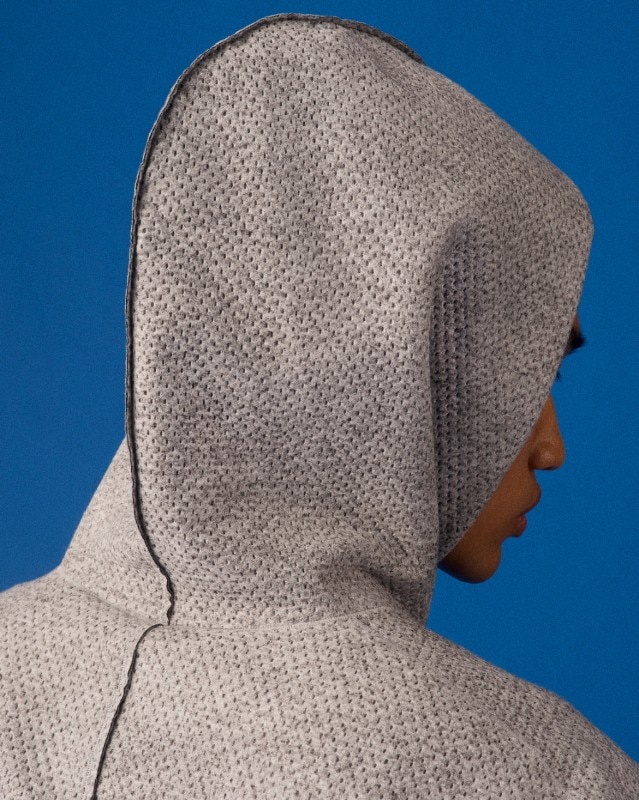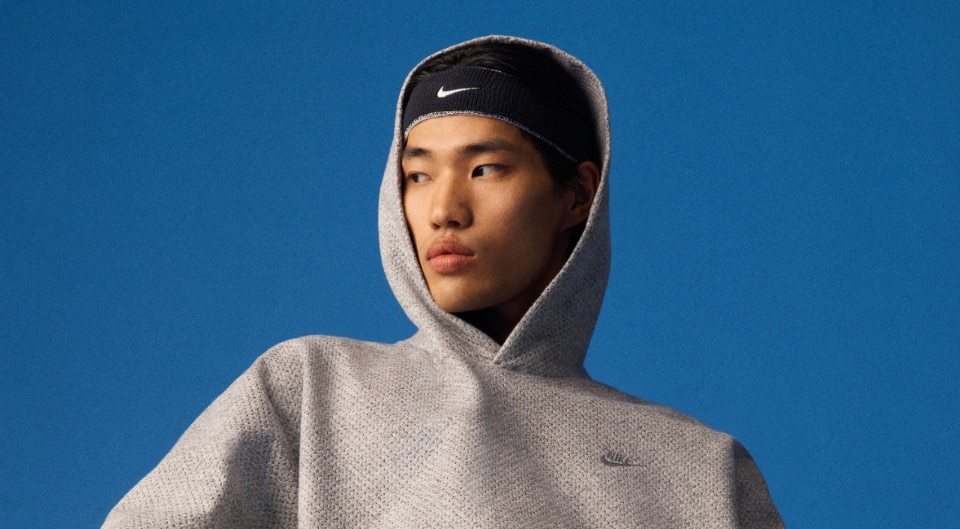The launch of Nike Forward, the brand’s new eco-friendly platform, represents only the last step of a long tradition of sustainability for the Swoosh. Its new frontiers in the matter of sustainability are in fact the outcome of an ambitious and far-sighted process of research, where experimentation was never implemented for its own sake but always purposeful.
Think, for instance, of Considered. The series was launched in 2005 as a testing ground for new and alternative materic solutions. It championed a rough-and-ready aesthetic obtained also with the use of hemp and raw cotton, which now represents an inspiration for platforms such as Nike Forward. At first Considered was a highly experimental venture, willingly limited in its output. However, on top of the icon status of its models – which over the years have become grailed among collectors and, mostly, have been rediscovered by the whole footwear industry – Considered has been able to impose itself as a blueprint of Nike mindset rooted in research and development, while always keeping the focus on sustainability.
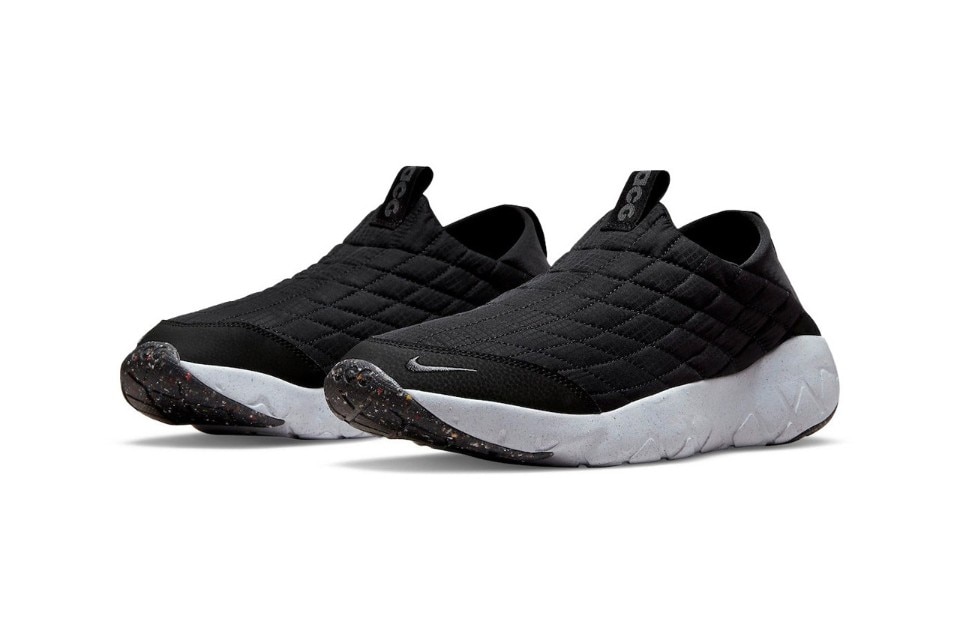
Now, pretty much the whole of Nike’s sneaker production meets the Considered standards, showing that the platform went beyond innovative design and set a new and durable philosophy. For instance, the Air Jordan XX3 (2008), the last model worn by the former Chicago Bulls star as a professional NBA player, is the perfect Considered shoe you wouldn’t expect. Even if distant from the aesthetic that originally defined the Considered series, it was in fact the first sneaker of the Air franchise to fully meet the Considered production standards.
One of Nike’s greatest strengths was indeed that of establishing a fruitful dialogue not only with the athletes, but also with a devoted niche of avant-garde footwear design and technology fans. Over the years, they have enabled the Swoosh to test new intuitions, which would have otherwise been impossible to sustain from a productive perspective if conceived for a mainstream and mass market from the very beginning.
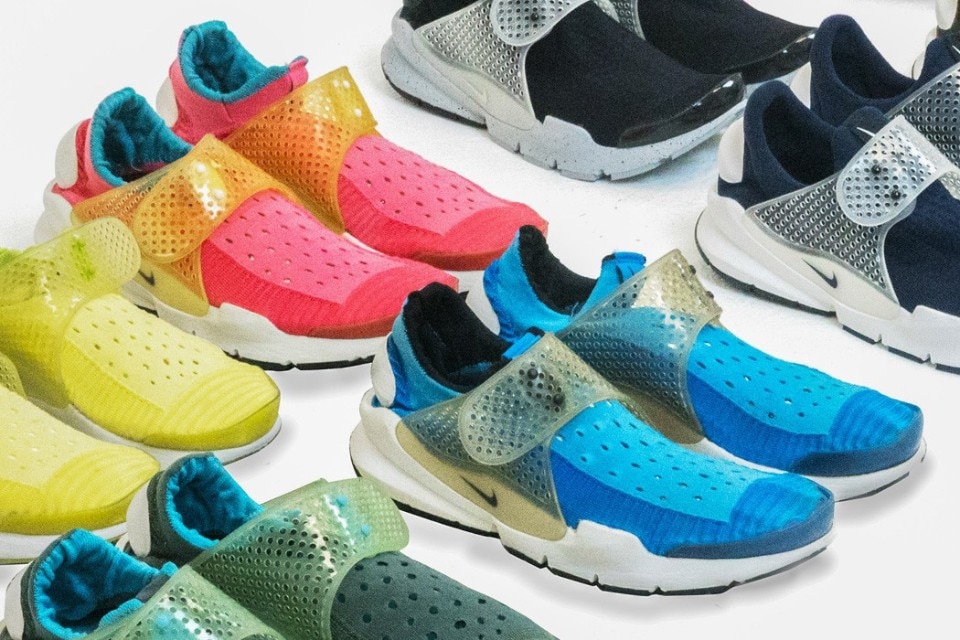
The result is cult lines like ACG, Alpha or HTM. The latter was born as a design jam session between Tinker Hatfield, Mark Parker-two institutions in the Nike household-and the Japanese Hiroshi Fujiwara, the “Godfather of streetwear.” Beginning in the early 2000s, it brought the archival dimension into dialogue with the avant-garde dimension of the brand in order to test, with great sophistication, its new technological achievements and to open up to a new audience as well.
The Nike Sock Dart, launched in 2004 within the HTM series, first presented a silhouette obtained from a computerised knitting technology. This landmark is widely praised as the conceptual anticipator of the Flyknit platform (and of its Flyprint evolution) which, starting from the 2012 London Olympics, subverted many standards in both the sportswear and textile industry.
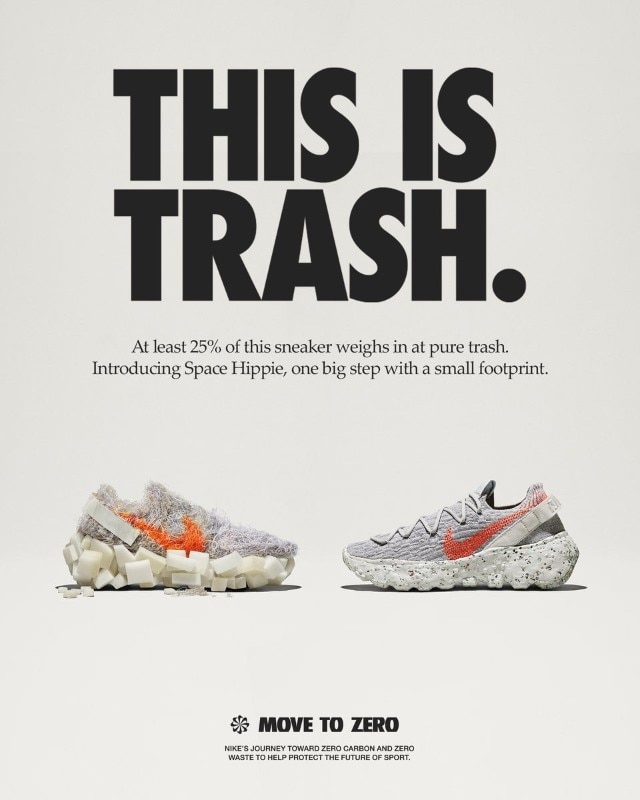
Similarly, Move to Zero is now a cornerstone of Nike ethos. The initiative was launched in 2019, with the ambitious goal of cutting carbon and waste down to zero in the making of new products.
Also apparel design followed a like minded path. At the fulcrum of the brand’s campaigns for many of its football kits (Chelsea FC and the Portuguese national team, to name a few) for the 2021/22 season was the concept of a plastic bottle turning into a jersey, to represent the use of recycled polyester for their making.
In Qatar, Nike is dressing the hosts as well as Australia, Brazil, Canada, Croatia, France, England, the Netherlands, Poland, Portugal, Saudi Arabia and South Korea – has fine tuned its culture of innovation. The lightweight and seamless kits, produced using 100 percent recycled polyester, have been made using the Dri-Fit ADV technology and engineered, pixel by pixel, starting from 4-D models based on accurate research data and computational design to provide precise reinforcement and venting for distraction-free play.
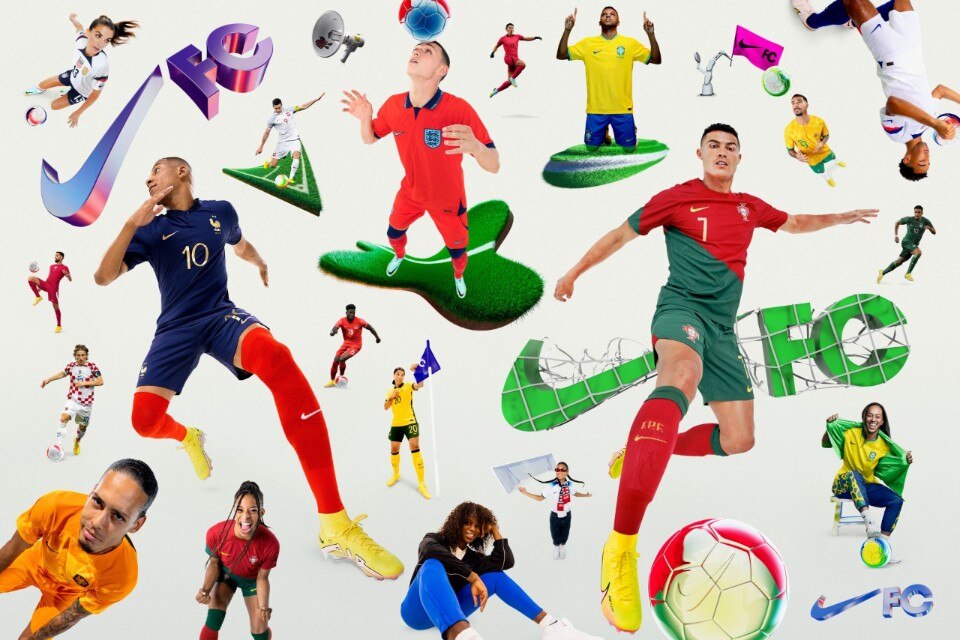
This productive technology, which is now well assimilated as a standard, had already been deployed more than ten years ago during the South Africa 2010 World Cup and, even prior to that, silently introduced on athletics vests at the 2000 Sydney Olympics, when the discourse on sustainability was far from its current popularity.
All these innovations have led, step after step, to the establishment of a new paradigm: Nike Forward. The platform stands as the greatest outcome in Nike’s history of sustainable design, and as a starting point for the future of the Swoosh, which has just turned 50.
